
Located less than 10 miles from the city of Guilin, China is a landmark tourist attraction and an absolutely gorgeous historic treasure: the Reed Flute Cave, locally referred to as Ludi Cave. This stunning structure, which has been around from as far back as the 8th century, perfectly blends nature with civilization, housing nearly 100 ancient written inscriptions on its walls, which are also embedded with rock formations like stalactites and stalagmites. When the cave was rediscovered by Japanese Troops in 1940, a project was launched to preserve, protect and share this beauty, also known as "the Palace of Natural Arts", with the rest of the world.
The Reed Flute Cave has been reopened for travelers recently following the removal of quarantine restrictions. However, for those like me who think a trip to China is a little overindulgent in the current state of affairs, we've put together this fun gallery of photographs and facts to walk you through the history, and artificially-illuminated multicolored passageways of this must-see ecological marvel.

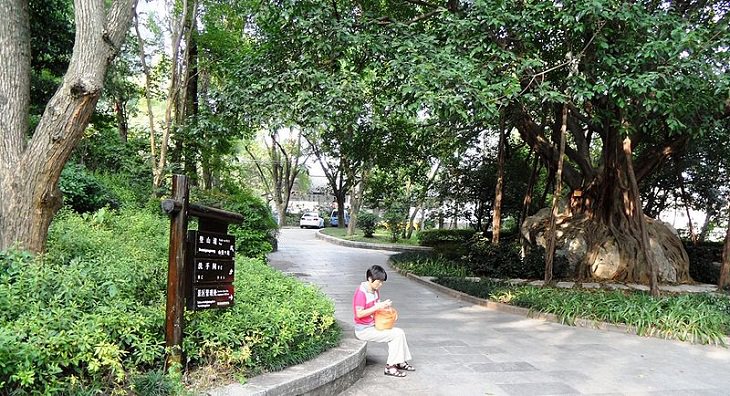
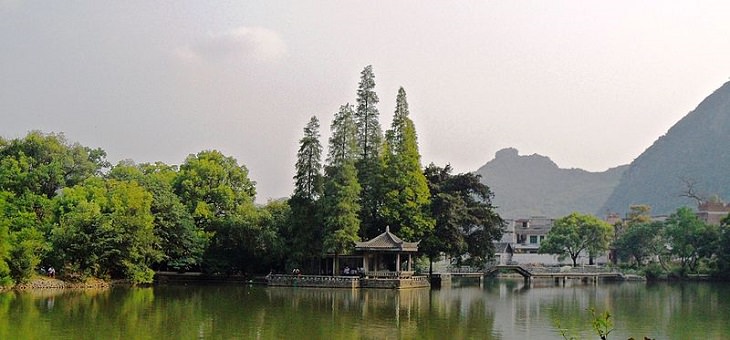
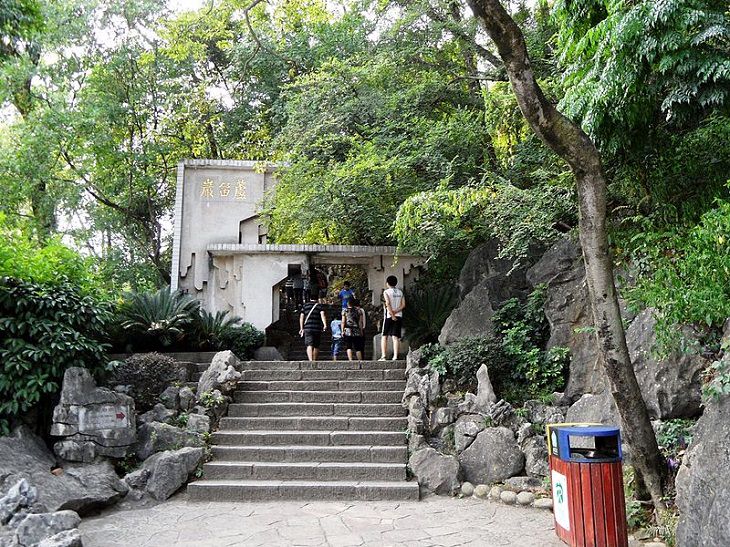
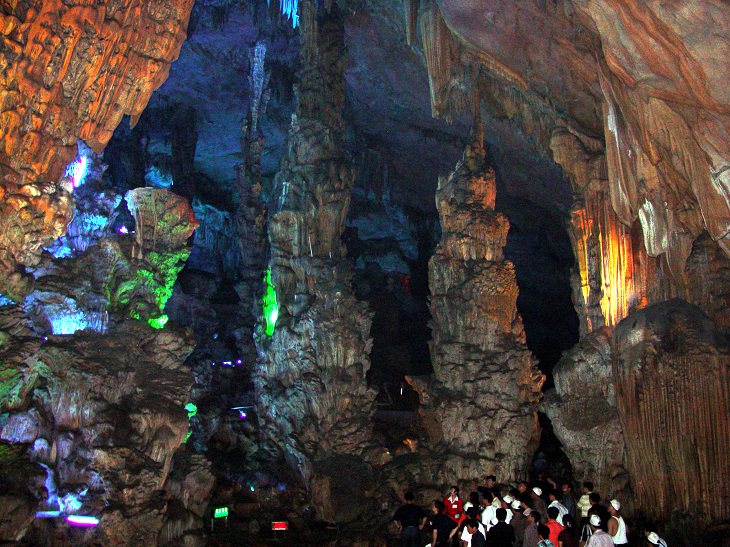
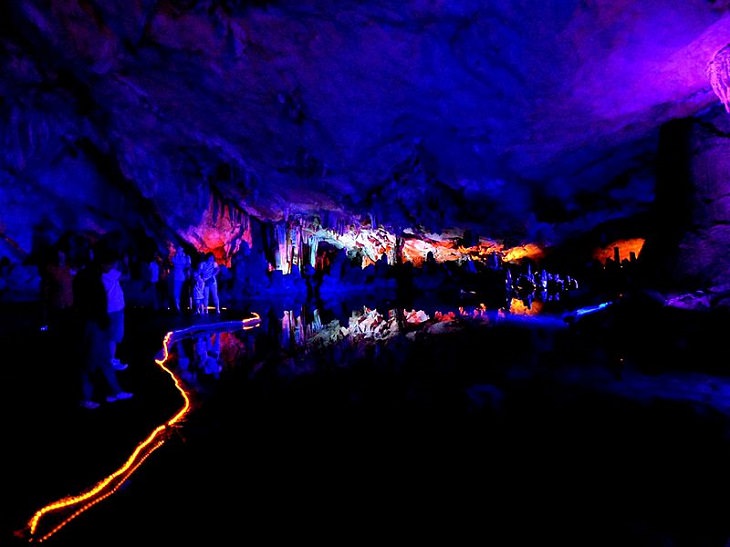
This incredibly fun and quirky tourist attraction in China is over 180 million years old and runs across nearly 800 feet in length. Though it was named for the heavy growth of reeds surrounding the cave, geologists believe that the cave was once a part of an underground lake that grew into the mountainside after the water fully retreated. The unique rock formation embedded along the walls was created by calcium carbonate build-up. Historians believe man first found the cave during the Tang Dynasty (between the 7th and 10th centuries), based on the 70 inscriptions found on the walls of the cave.
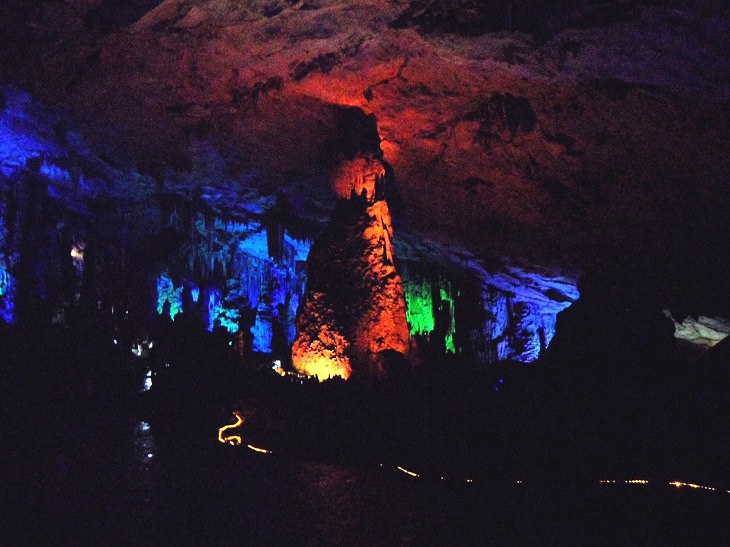
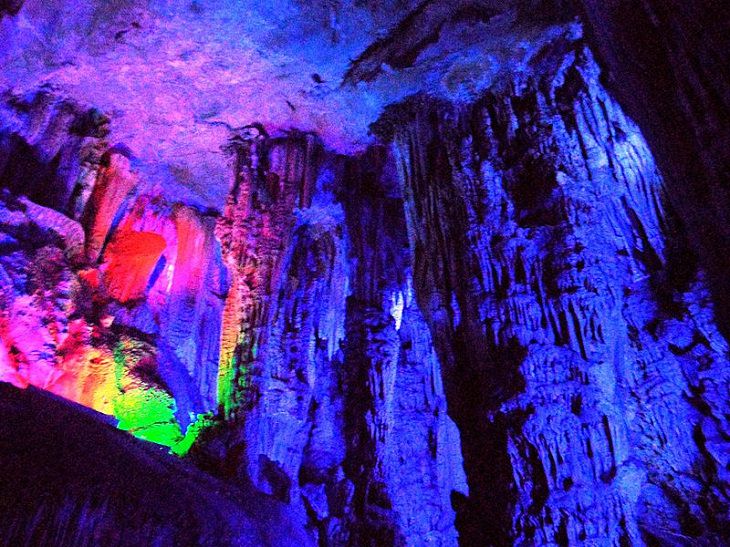


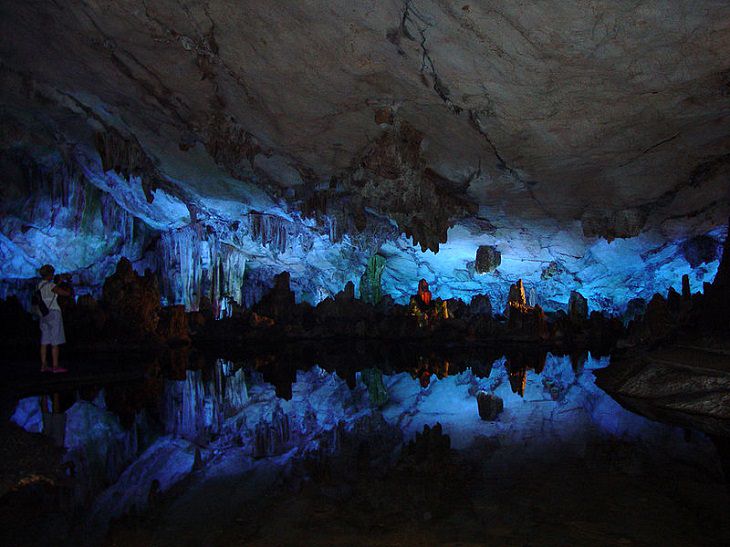
The cave was again lost shortly thereafter for many centuries until it was found by soldiers during the Sino-Japanese war. It was used by many troops during this war and World War II as a hiding spot and was also reportedly used as a shelter for certain companies and even a hospital.
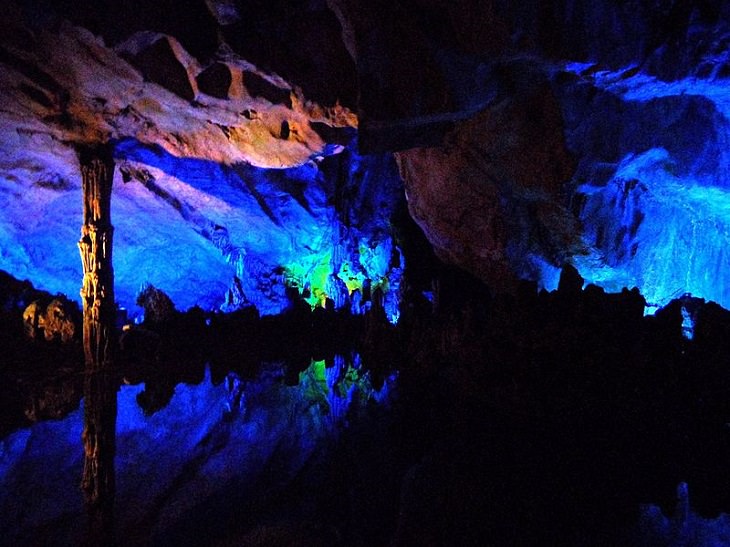
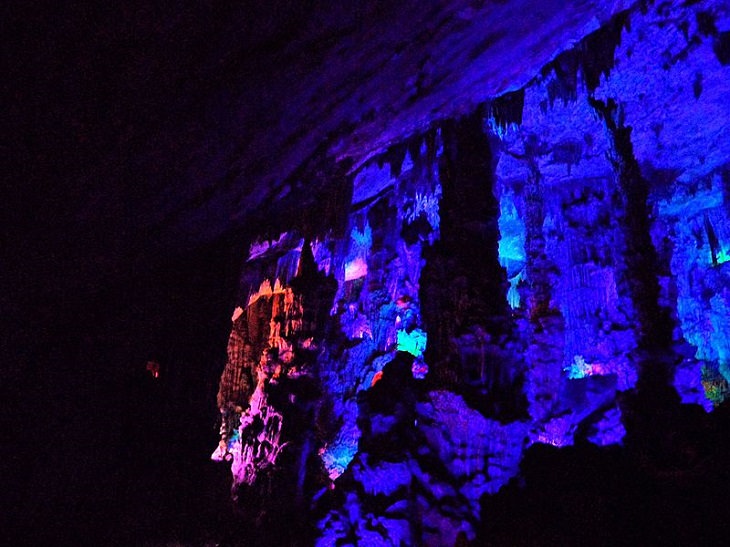
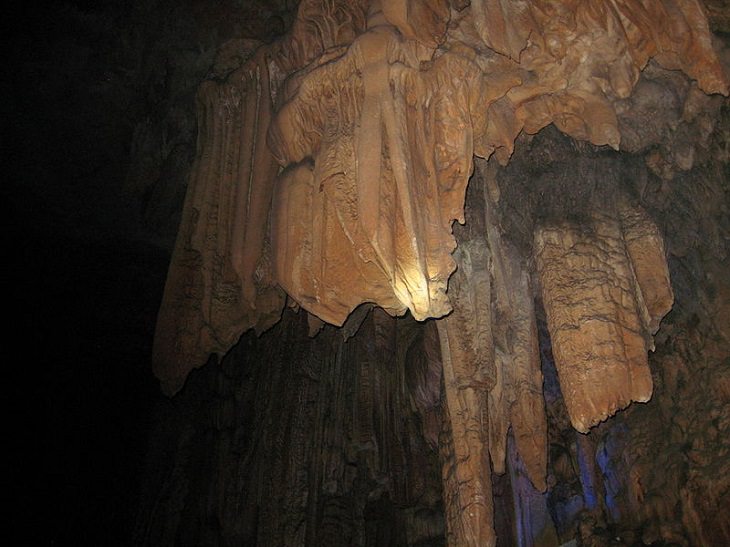
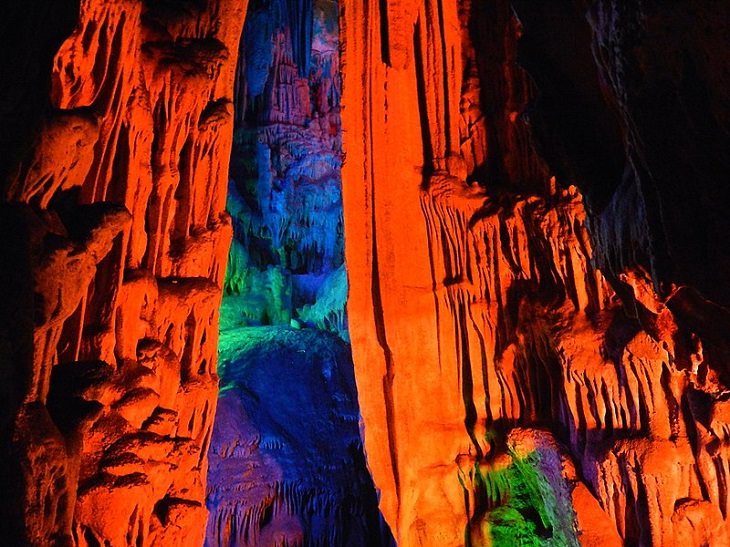
It was finally opened to tourists only in 1962, though records do show the cave having numerous visitors prior to the official opening. Now the cave receives millions of visitors annually and the tour comes as a complete package with information about the inscriptions on the walls, the formation of the stalagmites and stalactites, and even the numerous folk tales surrounding the cave, like the story of the Reed Flute Fairy Old Man and the Ocean Dragon King.
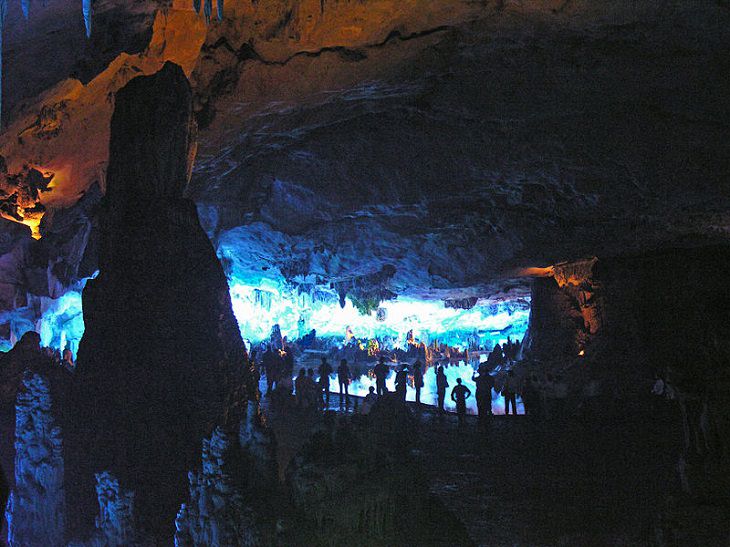
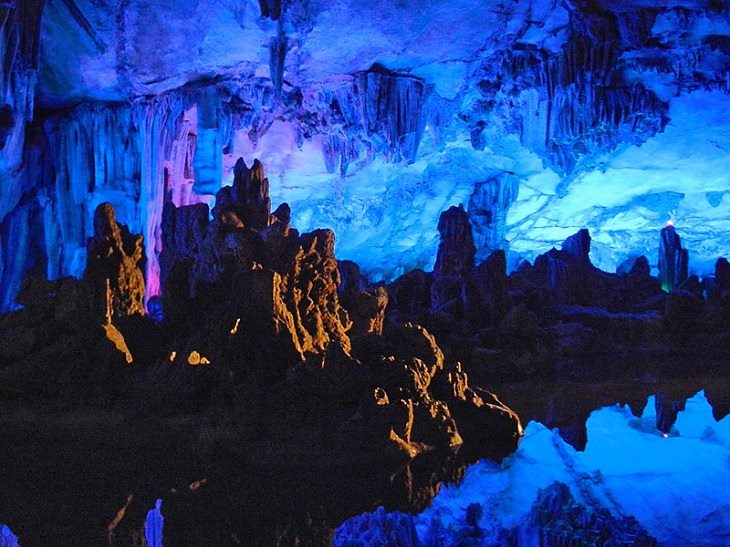
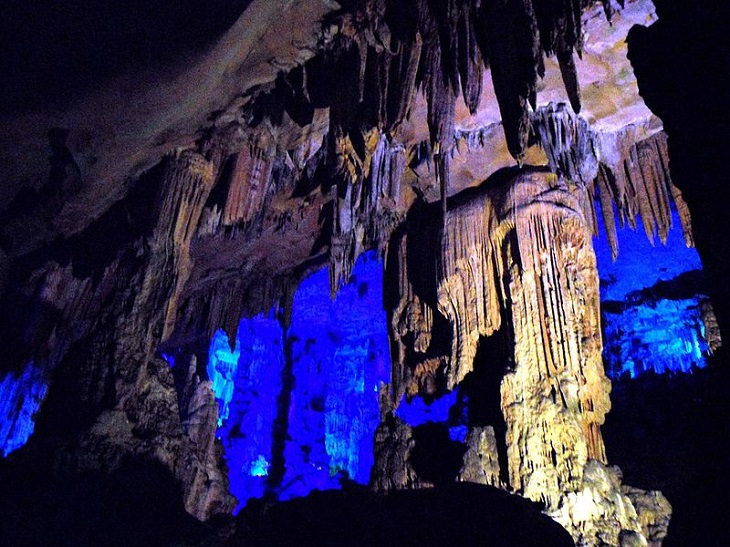

The cave isn’t the only visit-worthy attraction in this neck of the woods. Elephant Trunk Hill, a natural hill with a unique trunk-like shape, is a very popular destination for photo ops. Crown Cave has it’s very own boat and monorail system for tours as well as a waterfall inside the cave. You can even climb to the top of Diecai Mountain and visit its gorgeous butterfly museum, or take a stroll through Guilin Botanical Garden.

(By lienyuan lee, Wikimedia Commons)
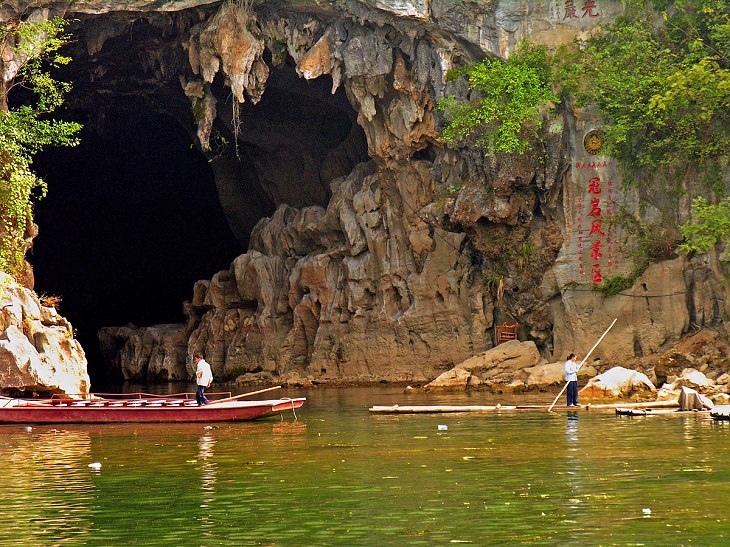
(By Dennis Jarvis, Wikimedia Commons)

(By Haluk Comertel, Wikimedia Commons)
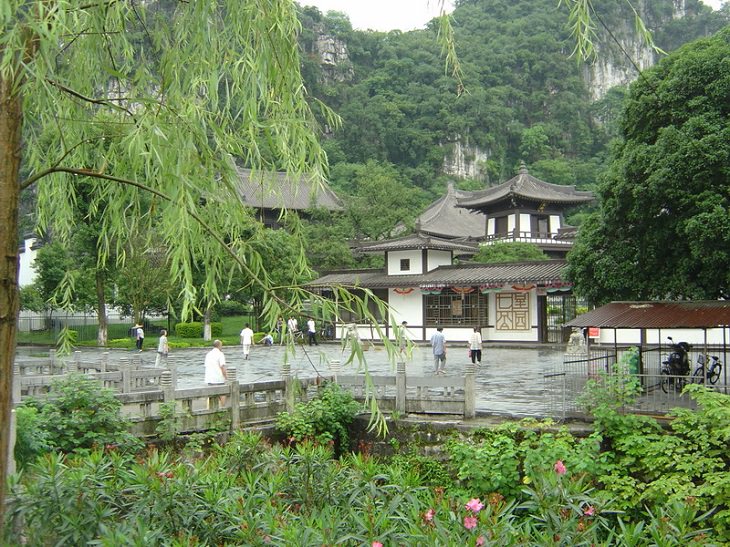

(By King of Hearts, Wikimedia Commons)
The world is filled with many gorgeous natural treasures like this palace of stone and history that are just waiting to be explored. We hope you enjoyed this walkthrough the luminescent trails of the Reed Flute Cave, it’s iridescent walls and it’s storied past!
If you enjoyed this article, share it with other world wanderers!